Straw has not been exploited well.
Every year, the amount of straw by-products discharged from rice production in our country is very large, especially in the Mekong Delta, which is providing more than 50% of the country's rice output and more than 90% of the country's rice exports. With an annual rice output of more than 24 million tons, the Mekong Delta has an amount of straw equivalent to 25 million tons/year. However, due to difficulties in collecting, exploiting and using straw, in the past, a large amount of straw after rice harvests in the Mekong Delta had to be burned or buried in the ground, causing waste, affecting biodiversity and increasing greenhouse gas emissions.
Collecting straw from the field using a straw rolling machine at the high-quality and low-emission rice cultivation model in Co Do district, Can Tho city in the winter-spring crop 2024-2025.
In many places, the exploitation and promotion of the value of straw has not received due investment attention, but has mainly focused on rice and some post-processing products of rice such as bran and husks. According to the results of the investigation and survey of 10,000 farmers on the current status of straw management in the Mekong Delta by the International Rice Research Institute (IRRI) in the winter-spring rice crop 2022-2023 and summer-autumn and autumn-winter 2023, the amount of straw removed from the field reached the highest level in the winter-spring crop at 42%, summer-autumn 30% and autumn-winter 34%. Straw burned in the field in the winter-spring crop was 53%, summer-autumn 39% and autumn-winter 30%. Straw buried in the ground in the winter-spring crop was 5%, summer-autumn 31% and autumn-winter 36%.
According to Mr. Le Thanh Tung, Vice President of the Vietnam Rice Industry Association (VIETRISA), through the results of a recent survey in some localities in the Mekong Delta, it shows that nearly 70% of the amount of straw is processed by burning in the fields and burying it in the soil, the amount of collected and used straw accounts for only about 30% of the total amount of straw. Of the total amount of collected and used straw, 35% is used to cover the base of crops and as a cushion to transport fruits, 30% is used for growing straw mushrooms, 25% is used as animal feed and 10% is used for other purposes. Mr. Tung said: "Burning and burying straw generates a lot of greenhouse gas emissions. We can reduce greenhouse gas emissions and increase the value of straw by collecting straw from the fields to exploit and use for many different purposes, avoiding burning straw in the fields. This is also the goal and orientation set by the 1 million hectare rice project". According to the target set by the 1 million hectare rice project, by 2030 the cultivated area of high-quality and low-emission rice will reach 1 million hectares, 100% of straw will be collected from the fields and processed for reuse...
Deploying synchronous solutions
To effectively exploit and use straw, the Ministry of Agriculture and Environment (MARD) together with localities and relevant parties have been actively promoting propaganda and guiding farmers to manage, exploit and promote the value of straw in association with reducing greenhouse gas emissions. Pay attention to guiding and encouraging organizations and individuals to manage and exploit straw in the direction of circular agriculture and low emissions. Support farmers in applying machinery and technology to collect straw from the fields and use it as input material for other production processes to create high added value.
To promote the implementation of solutions to increase the value of rice straw, in Can Tho City, the Ministry of Agriculture and Environment has coordinated with VIETRISA and IRRI to organize a forum to strengthen the rice straw value chain to support the 1 million hectare rice project. At the forum, delegates listened to specialized agencies under the Ministry of Agriculture and Environment, together with IRRI, VIETRISA and units and enterprises update and provide information and reports on the orientation and strategy for rice straw management in the 1 million hectare rice project. Sharing and introducing models, experiences and good practices to increase the rice straw value chain, especially solutions for collecting, treating, using and processing rice straw in the direction of circular agriculture . Pioneering units and enterprises in the field of rice straw reuse also introduced models for developing livelihoods from rice straw and technological solutions to help promote the effective use of rice straw associated with reducing greenhouse gas emissions and protecting the environment. Many delegates suggested that in the future, the authorities should pay attention to strengthening training and coaching activities and have more support policies on capital, technology and machinery... to help farmers exploit and use straw effectively. In particular, it is necessary to support the connection between farmers and businesses, cooperatives and related parties to create close links along the value chain and help facilitate the output of straw products.
Mr. Le Thanh Tung, Vice President of VIETRISA, said: "It is necessary to focus on developing technologies for circular agriculture from straw that have been proven to be economically and environmentally effective. Localities need to develop and implement programs and plans to enhance capacity and develop production models for straw management in the direction of circular agriculture." According to Mr. Nguyen Hong Thien, Director of Tu Sang Company Limited, currently, collecting straw from the field has many advantages thanks to mechanical machines replacing human labor. In recent times, the Company has also introduced to the market many types of machines that help collect and process straw quickly, effectively and save a lot of costs compared to doing it manually. However, many farmers and cooperatives still face financial difficulties in accessing technologies and machines. The State needs to increase training activities, provide information and have capital support programs for farmers in cooperatives to invest in machines for collecting and processing straw.
Mr. Tran Thanh Nam, Deputy Minister of Agriculture and Environment, emphasized that there is currently an abundant supply of straw, and functional agencies, farmers, businesses and relevant parties need to pay attention to solutions and programs to create a "large demand for straw" to increase the value chain, creating high added value. Pay attention to implementing innovation and investing in research, applying machinery, technology... to create added value from straw, developing a variety of products from straw...
Article and photos: KHANH TRUNG
Source: https://baocantho.com.vn/phat-huy-gia-tri-cua-rom-ra-gan-voi-giam-phat-thai-khi-nha-kinh-a185428.html


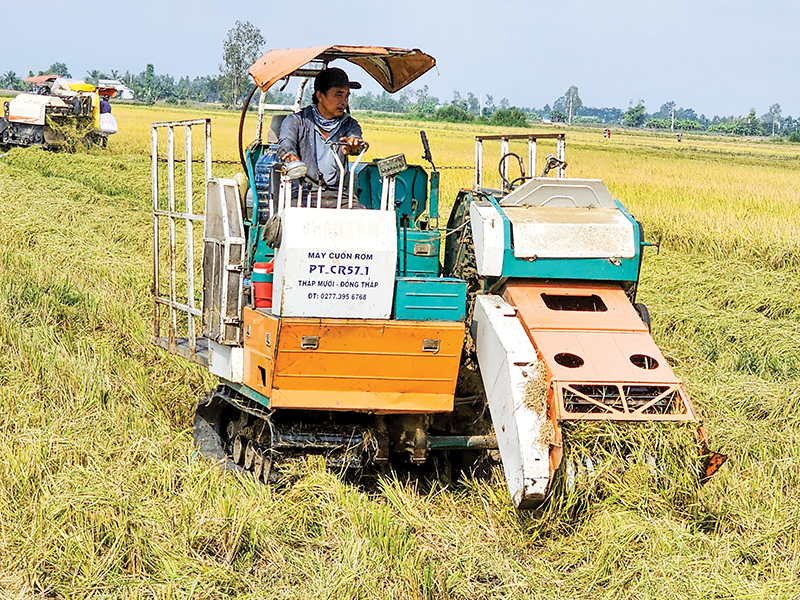
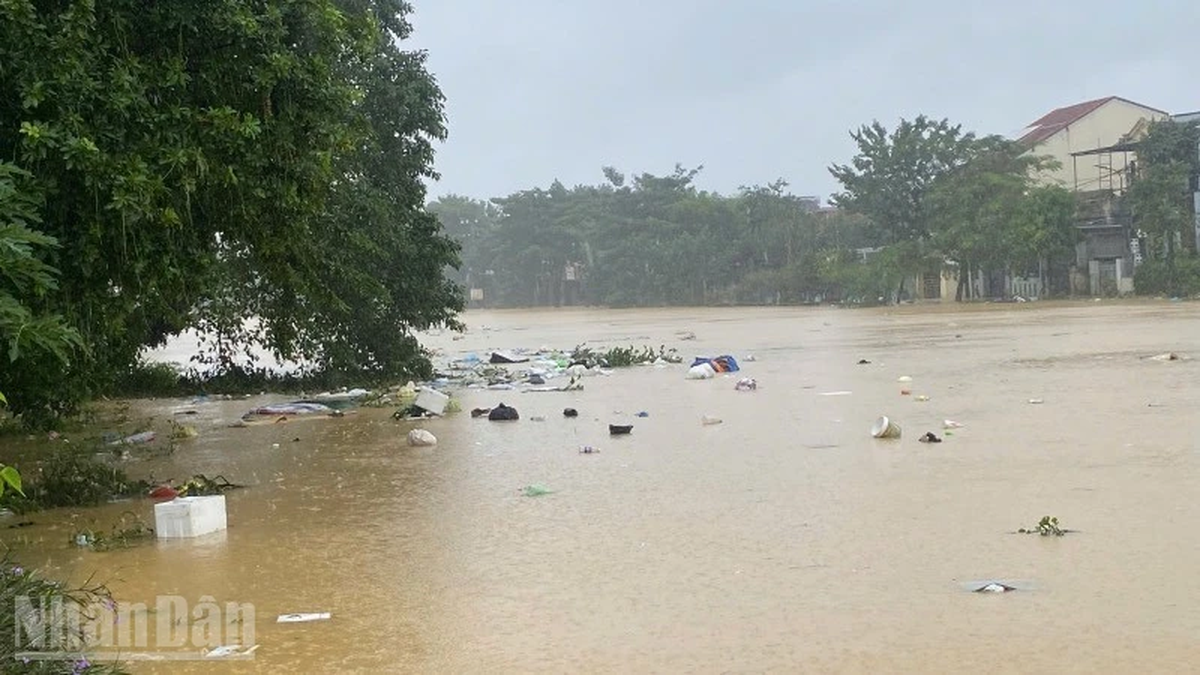
![[Photo] Flooding on the right side of the gate, entrance to Hue Citadel](https://vphoto.vietnam.vn/thumb/1200x675/vietnam/resource/IMAGE/2025/10/28/1761660788143_ndo_br_gen-h-z7165069467254-74c71c36d0cb396744b678cec80552f0-2-jpg.webp)
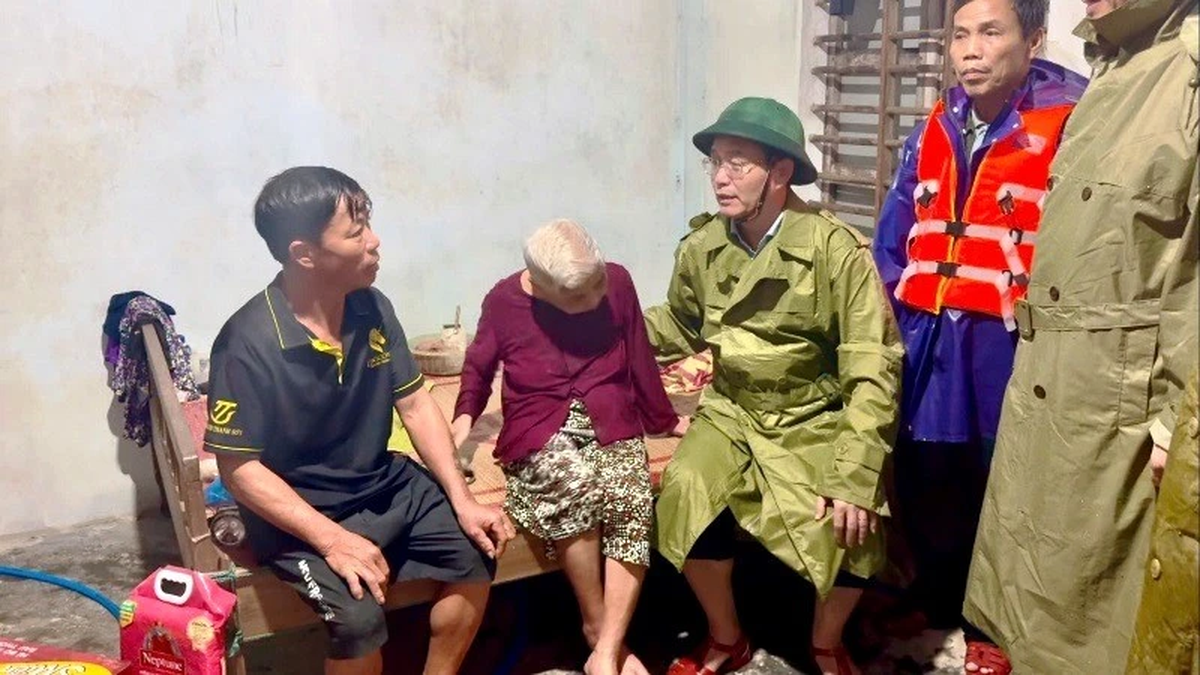
![[Photo] Prime Minister Pham Minh Chinh chaired a meeting to discuss solutions to overcome the consequences of floods in the central provinces.](https://vphoto.vietnam.vn/thumb/1200x675/vietnam/resource/IMAGE/2025/10/29/1761716305524_dsc-7735-jpg.webp)

![[Photo] Hue: Inside the kitchen that donates thousands of meals a day to people in flooded areas](https://vphoto.vietnam.vn/thumb/1200x675/vietnam/resource/IMAGE/2025/10/29/1761738508516_bepcomhue-jpg.webp)
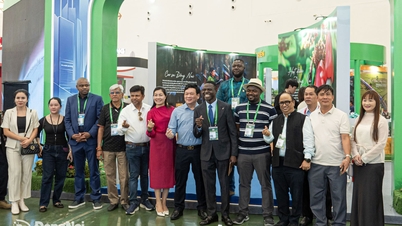



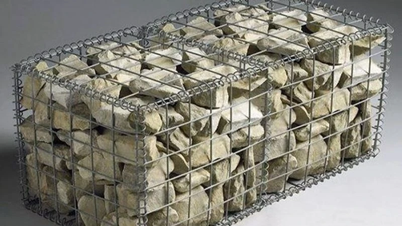

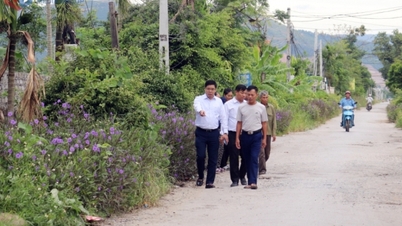

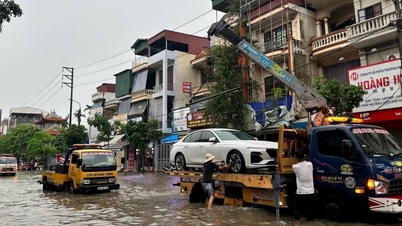

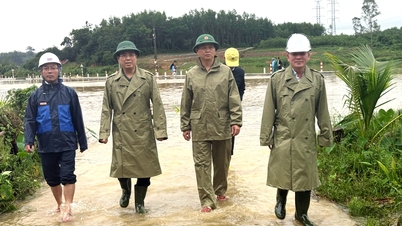





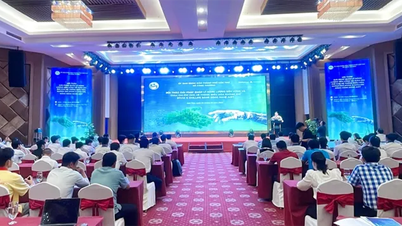
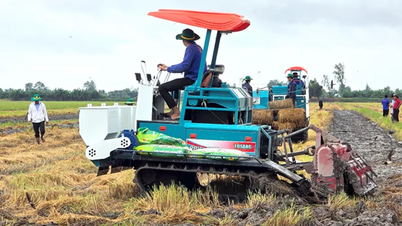
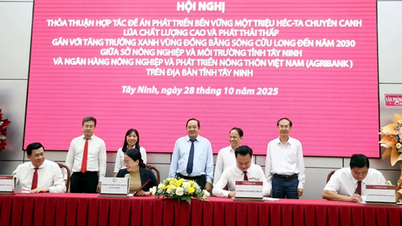
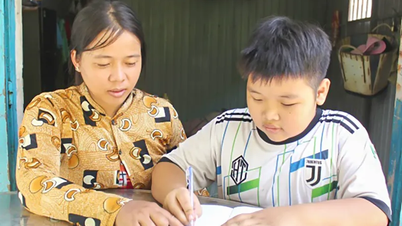
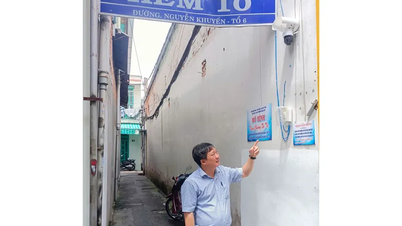
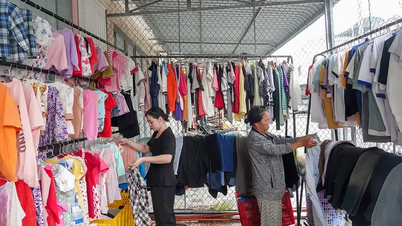



































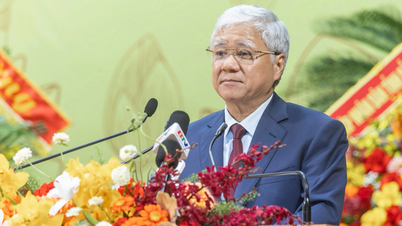
![[Infographic] Vietnam's socio-economic situation in 5 years 2021-2025: Impressive numbers](https://vphoto.vietnam.vn/thumb/402x226/vietnam/resource/IMAGE/2025/10/29/1761730747150_anh-man-hinh-2025-10-29-luc-16-38-55.png)

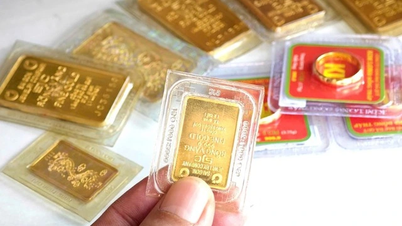
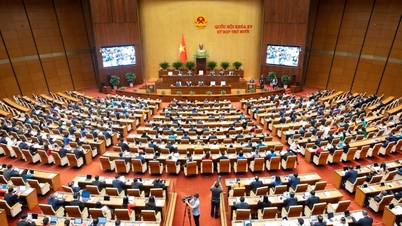
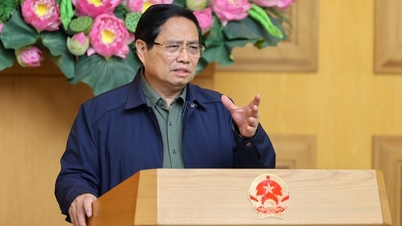
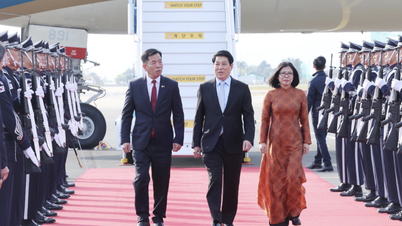

![[Live] Concert Ha Long 2025: "Heritage Spirit - Brightening the Future"](https://vphoto.vietnam.vn/thumb/402x226/vietnam/resource/IMAGE/2025/10/29/1761743605124_g-anh-sang-am-thanh-hoanh-trang-cua-chuong-trinh-mang-den-trai-nghiem-dang-nho-cho-du-khach-22450328-17617424836781829598445-93-0-733-1024-crop-1761742492749383512980.jpeg)

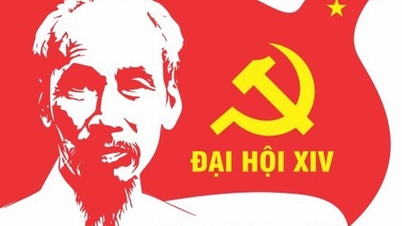
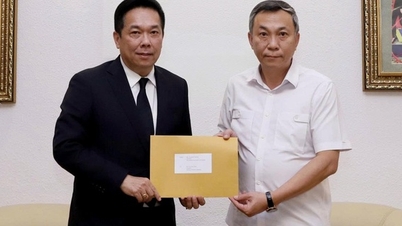

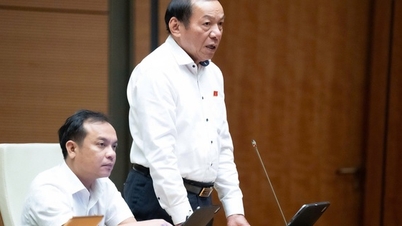
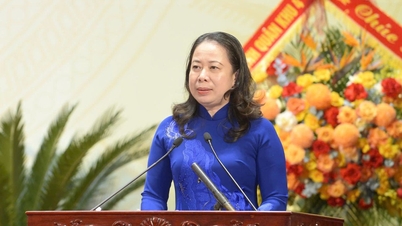

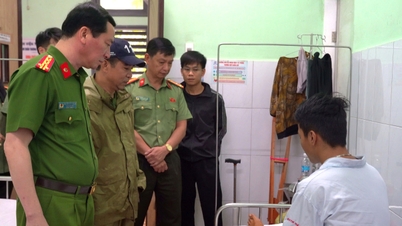

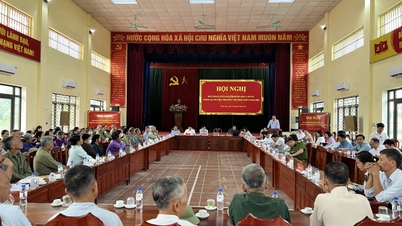

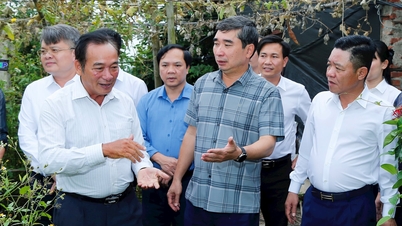
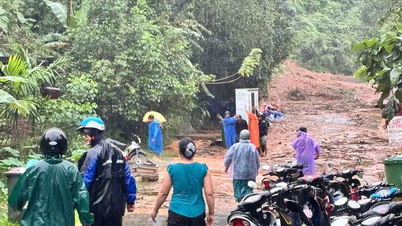


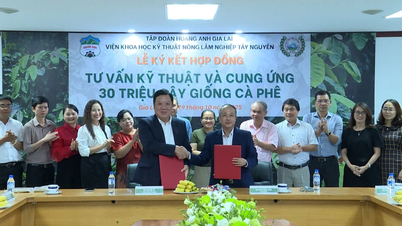













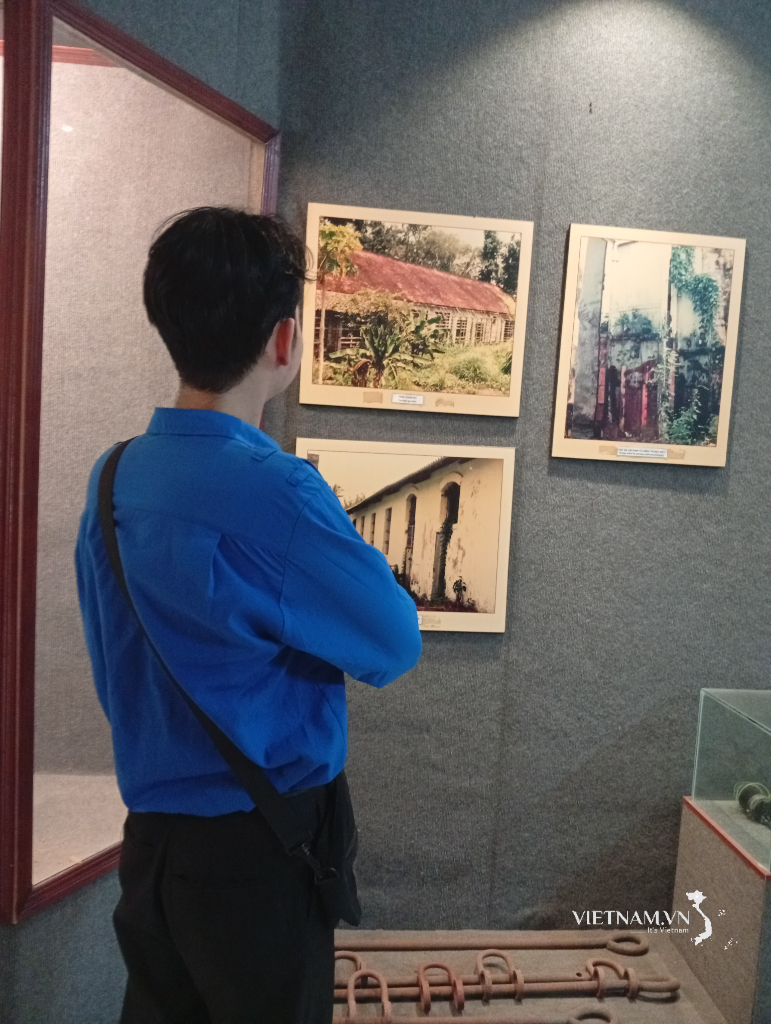


Comment (0)